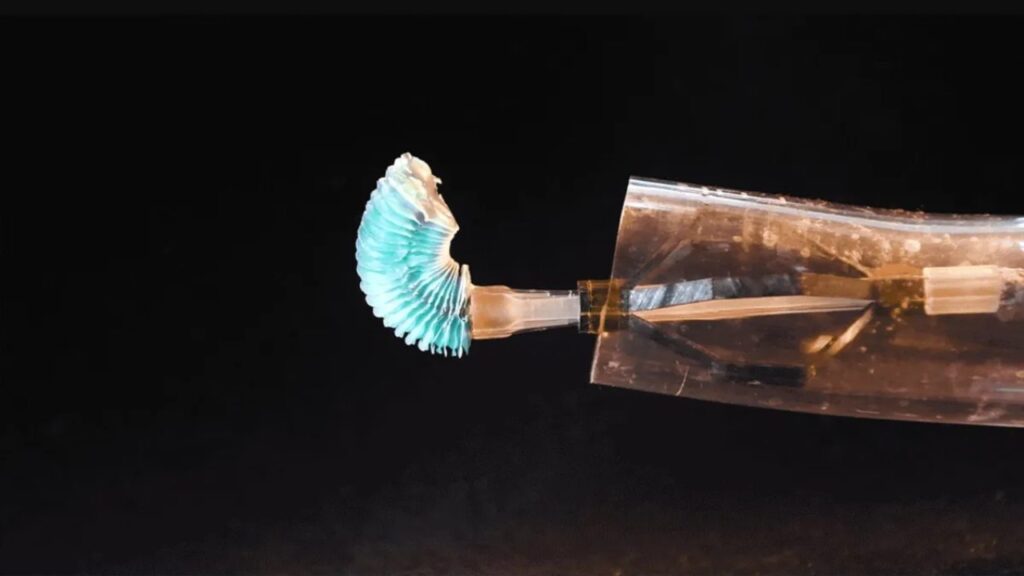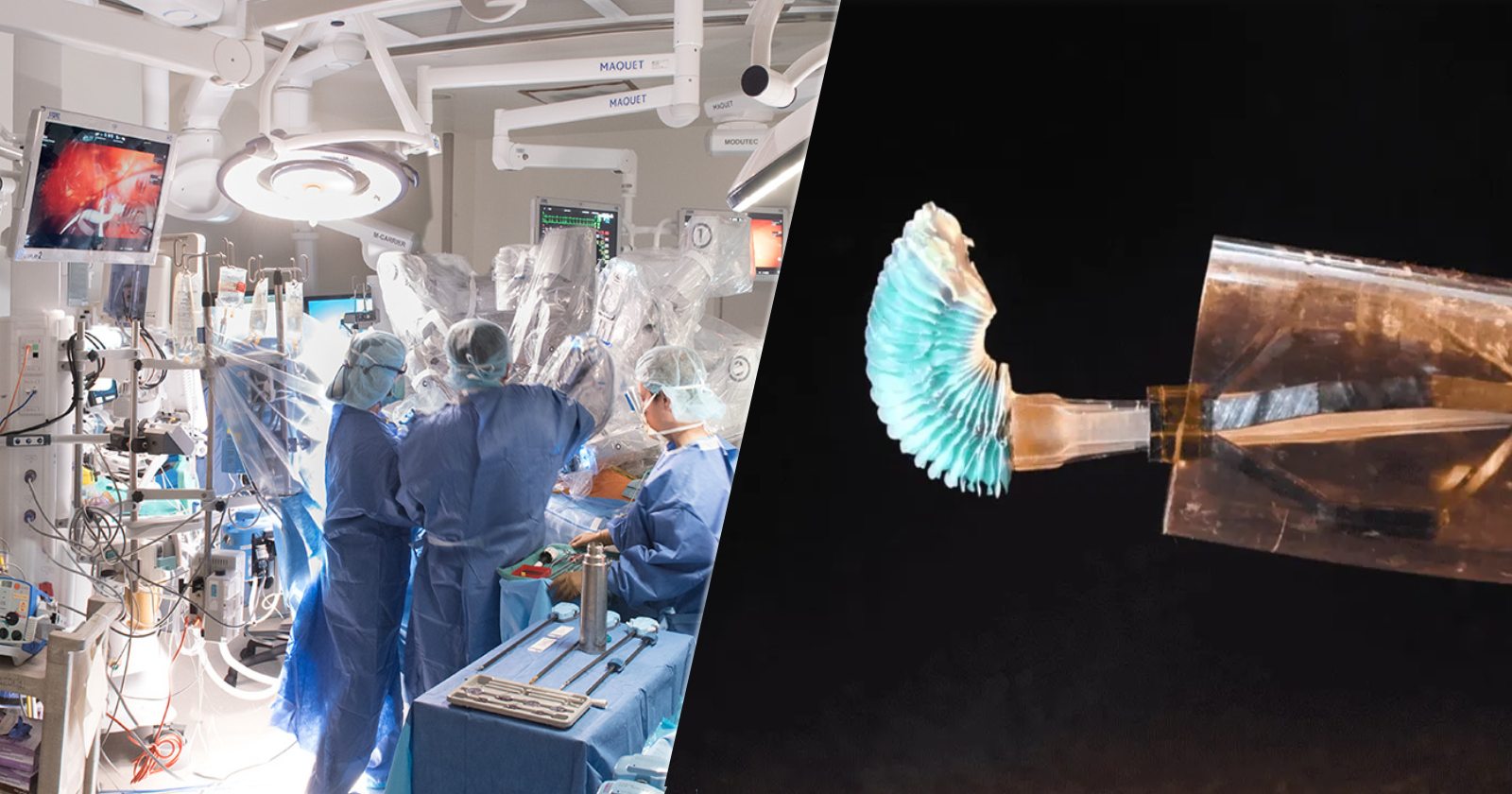Studies conducted at Boston University in the USA developed a new robotic catheter for risky heart surgeries. Catheters are defined in medicine as tubes used to remove or administer fluid from the body. However, the robotic catheter developed by scientists has been successful in risky operations such as heart valve surgery.
Robotic catheter that reduces the risk in heart surgeries
As we explained above, the catheter consists of tubes and pipes that deliver and receive fluid into the veins. However, this new robotic catheter has a thin and flexible robotic tip. Thanks to this tip, the tip of the device entering the heart vessels can inflate with air pressure, creating space for the surgeon to intervene.
The robotic heart surgery device, which creates a more stable area thanks to this swelling movement, also has an expandable ring. This ring inflates and ensures that the catheter remains fixed in the area where it enters. According to researchers, this catheter has features that will increase the success rate in heart surgeries and shorten the surgery.

In this sense, important trials for robotic heart operations also took place during the research. In the first experiments on the pig heart, two separate teams placed batteries in the pig heart. On one side was an experienced cardiovascular surgeon who performed this procedure with a standard catheter, and on the opposite side were five inexperienced cardiovascular surgeons. The inexperienced team used a robotic catheter for the same surgery. Both teams completed the operation very quickly and successfully.
The use of robotic catheters for heart surgery increases the success rate even for inexperienced physicians. In the second experiment, it was the first stage of heart valve repair surgery. In the research involving the same teams, the inexperienced team using the robotic catheter achieved the same success as the experienced surgeon in the same time. The research team continues to research robotic catheters for more critical heart operations.
Robot technology has achieved significant success in the field of medicine, especially in the last twenty years. Today, robotic technologies are now a part of our lives in many critical surgeries. In this sense, it seems that these technologies will continue to save our lives for many risky surgeries in the future.














